Video Illustration (Due February 4, 10%)
Read the entire essay “In Plato’s Cave” by Susan Sontag (1st chapter of her book ‘On Photography’). You will be assigned a section of the text for this assignment. Create a video in which the only audio is you reading your assigned section of the text out loud. The visual part of the video can be anything you’d like – be creative. It can be a slide show, video, animation, whatever you’d like. You may use other’s images and video footage as long as you credit it. The video must complement, not distract from, the reading. The images that you show as you read must be related to the text you are reading.
Submission instructions: Submit the video via email before class (before 10am) on February 4. Your video will be shown in class. If it is not received by the time we are ready to show it in class, you will be penalized by one letter grade.
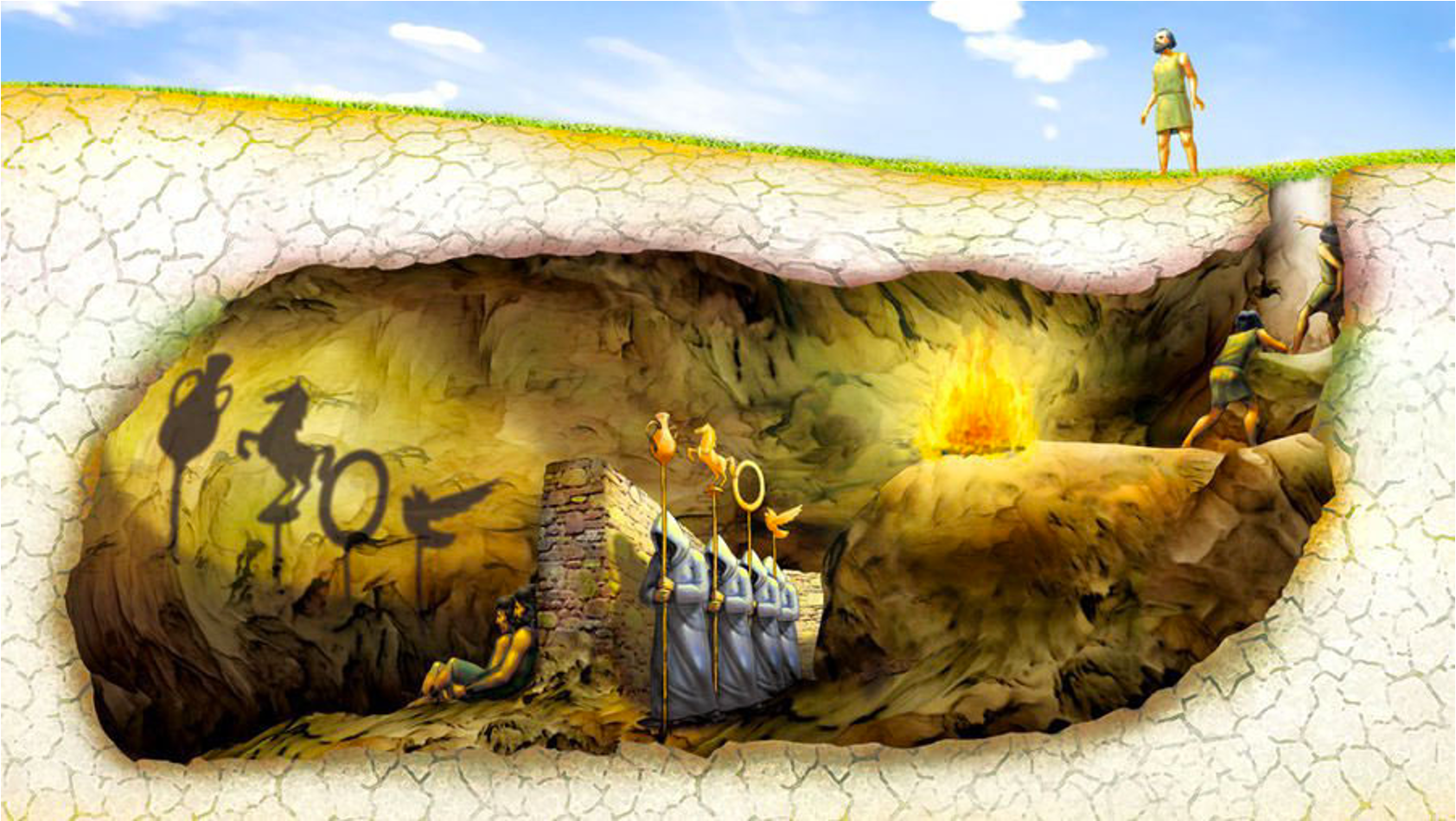
Photograph (Due 10am February 18, 7%)
Compose a photograph that conveys a factually incorrect scene to transmit a deeper truth. The work must have a clear message and/or perspective.
Submission instructions: Submit via email, the photo with an accompanying write-up that describes your process and explains how the work both reveals and obscures the truth. You must present your photo to the class for critique.
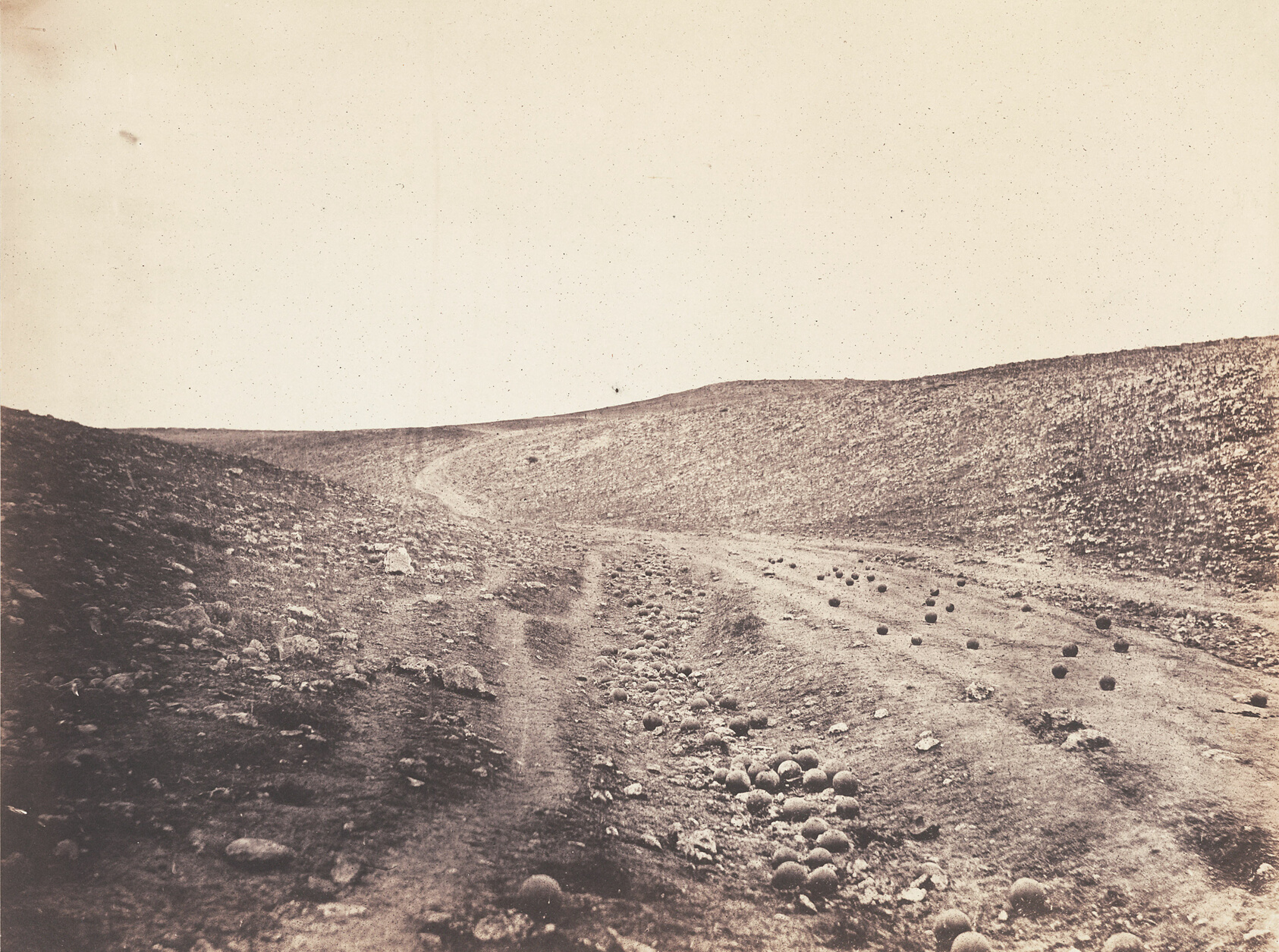
Silent Story (Due 10am March 6, 10%)
Create a short film in any format (live-action or animation or mixed or other) that is no longer than 2 minutes. The film must tell a story (or convey an idea) without any words. Use only actions, gestures, and music (optional). The only written words should be the title and credits. Submit your film (or a link to your film) along with a write up that summarizes the story and explains the methods you used to communicate the story.
Submission instructions: Submit via email, your film (or a link to your film) along with a write up that summarizes the story and explains the methods you used to communicate the story. You must present your video to the class for critique.
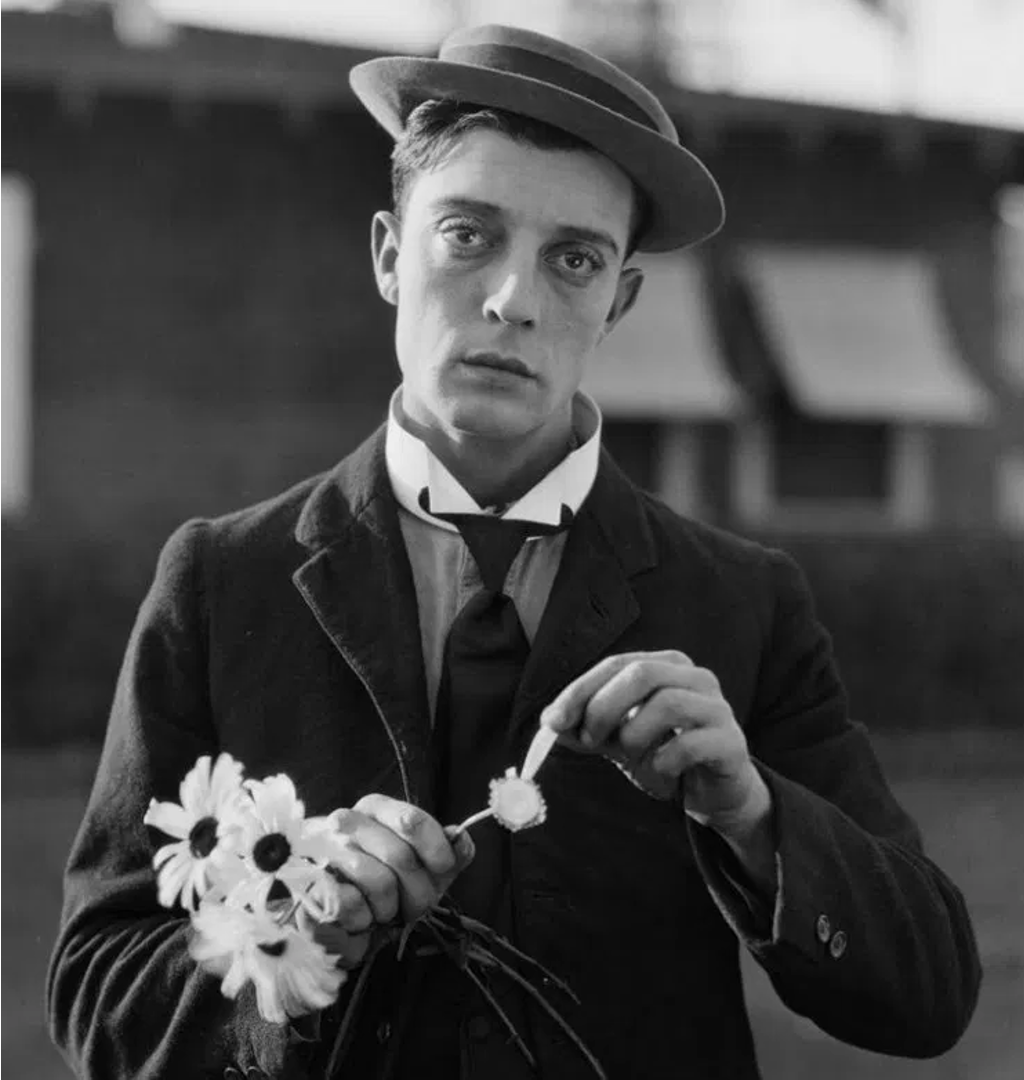
Context Switching (Due April 3, 7%):
Step 1: Combine an image with a quotation. (Be sure to source your quotation correctly, and credit your image source.) You are free to choose any image and any quote. You can go for any style – Serious portrait of the author with quote overlayed on top, beautiful scenery with inspirational quote overlayed, something more ironic, etc. The text and image should fit seamlessly together.
Step 2: Now, find either another image or another quote, and choose one of the following options.
a) Keep the image from step 1 and replace the text.
b) Keep the quote from step 1 and replace the image.
Be sure to change the font and the text placement on the image to combine the image and text as seamlessly as in the version created in step 1.
The change in text or image must fundamentally transform what the text or image means. Think carefully about the font, and where the text is placed, and how this too affects the meaning.
Submission instructions: Submit via email both versions of image/text pairs, along with a written explanation of your process. Your write-up should address the following: which version did you start with, and what does it mean to you. Explain your process in figuring out how to alter it. Describe how the meaning is now changed when the image is paired with different text or when the text is paired with a different image. You must present your images to the class for critique.
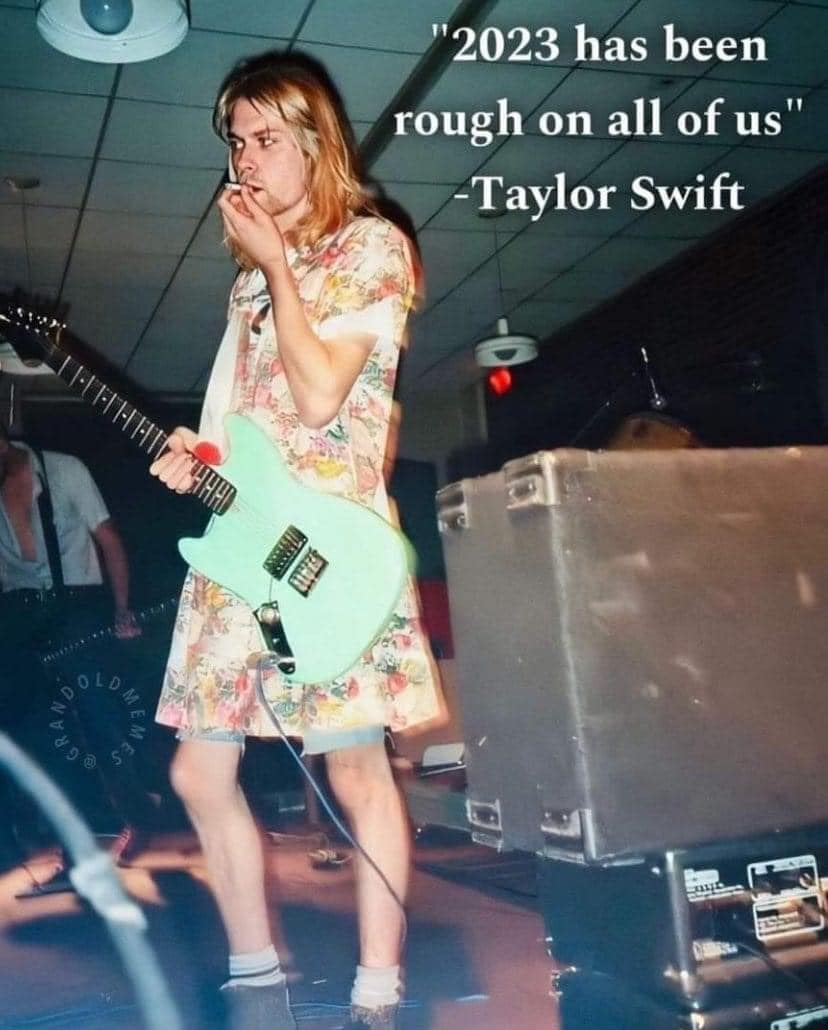
Research project (Due Dates April 10 and 22, 14%)
Find an artist that uses either digital technology, data, or scientific research as part of their art practice. It could be any artist from any era.
-
Annotated Bibliography (Due April 10, 7%):
Do research about the artist. Find sources, read them, make notes.For part of this assignment, you will create an annotated bibliography. Your annotated bibliography must contain at least 6 sources, and at least 3 of them should not be solely a website (i.e. it should be a book, a journal or magazine or newspaper article, or a documentary). Cite each source in MLA format, and under each citation, include the following:
- A brief summary of the source
- The source’s strengths and weaknesses
- Why the source is relevant to your research
- Information about the author’s background
- Your personal conclusions about the source
Submission instructions: Submit this assignment via email as a word google or open document, or as a pdf, BEFORE 10am on April 10.
Bring to class:
- Your sources listed on paper (sources only, no annotations)
- A hardcopy of each of your sources. This means: print out the articles and bring them to class, and/or bring the physical book to class, and/or print out the parts you think are relevant from the ebook and bring it to class, or print out the parts you think are relevant from the website and bring it to class.
Research Presentation (Due April 22, 7%)
Prepare a presentation for the class about the artist. Your presentation must include images (or video) of at least 4 works by the artist and must address the following questions:- What are the artist’s goals in the work? Why do you think they chose to do the type of work that they are doing?
- Why did you choose this artist? What drew you to them?
- What aesthetic strategies are they using? What role does the artist’s chosen medium play in communicating their ideas?
- Specify the artist’s influences. Are they responding to another artist’s work, or to a societal situation? Are they inspired by a theory or by another artist?
- How are critics and the public responding to the work?
- What is the artist’s background or trajectory that led them to where they are now?
- What historical era is the artist from? What significant events were going on around them at the time they produced their work, and how did/does that influence what they are doing?
Submission instructions: Submit a copy of your presentation, along with a text document addressing each of the questions listed above, via email, BEFORE 10am on April 22. You must present your work to the class.
Interactive Art (Due April 29, 12%)
Create an interactive art work. You are free to create any type of interaction you wish. You can make a video game, a web based work, a physical electronic work, a participatory work, or anything else that you come up with. It can be in any medium. The only requirement is that the audience must interact with the work to fully experience it. Submit images or a video of the work (the images and videos must show people interacting with the work), along with a write up describing the work and its purpose.
Submission instructions: Present your work to the class on April 29. Submit images or a video of the work via email (the images and videos must show people interacting with the work), along with a write up describing the work and its purpose by the end of the day on April 29.
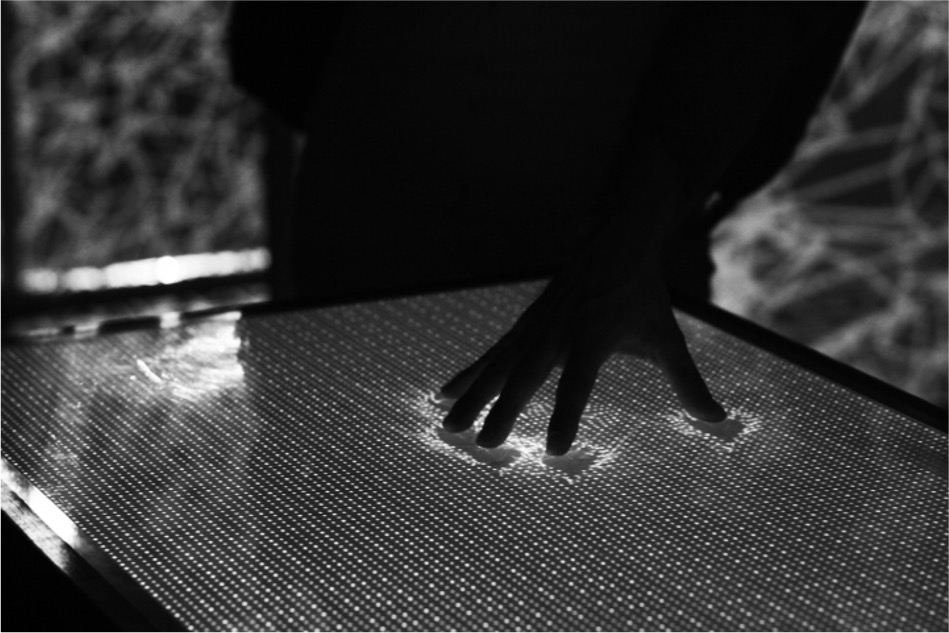
Image Quizzes (10% ongoing)
You will be given a list of photographs that you must learn. These will be posted online.
At each quiz, you will be shown one image, and you must provide:
- Photographer
- Date that photo was taken
- Name of the photograph
- Context in which the photo was taken
The lowest two quiz scores will be dropped. Quizzes will start in late February.
Check-ins (10% ongoing)
At the start of every class, you will have about 5 minutes to answer a question. This is to encourage timely attendance and to encourage active reflection throughout class.
If you arrive late or if you are absent from class, and you miss a quiz, you WILL NOT be able to make it up. But fear not - your lowest two quiz grades will be dropped, and the results of all the quizzes will be averaged at the end of the semester.
Participation (10% ongoing)
For full participation points, you must attend class regularly and arrive on time, and you must contribute to class discussions and critiques.
Final Exam (TBA May 6 or 8, 10%)
For your final exam, you must demonstrate a knowledge of:
- Photographs that you learned for the quizzes.
- All the readings that we discussed in class.
- Your research subject and the sources you used.
In addition, you will be asked to apply skills you learned in class to respond to art works, and to reflect on what you learned.